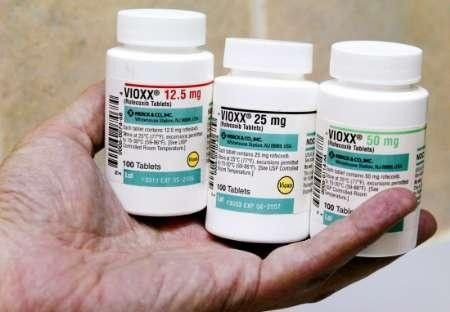Cartilage Contributes to Arthritis: Study Finds This Discovery Could Help in The Treatment of Arthritis
The New Study Could Boost The Efficacy of Current Treatments for Rheumatoid Arthritis

Initially, the cartilage was thought to have no role in the destruction and remodelling of joints seen in rheumatoid arthritis, but Melbourne researchers have found that it plays an active role and is not an innocent bystander, as thought to be.
This discovery was made while Dr. Tommy Liu, Professor Ian Wicks, Dr Kate Lawlor, Dr Ben Croker and colleagues from the Walter and Eliza Hall Institute were studying how the protein SOCS3 controls inflammation during rheumatoid arthritis.
According to the Australian Institute of Health and Welfare, more than 400,000 Australians suffer from rheumatoid arthritis. Arthritis is characterized by joint stiffness, swelling, redness and warmth; it causes tremendous pain and joint inflammation like in the hips, knee and feet. The study also states that rheumatoid arthritis can destroy the cartilage that provides lubrication for the joints and cushions them. It can also lead to "disfigurement, pain and reduced mobility."
Dr. Liu said that cartilage was previously thought to be a victim of an overzealous immune system, rather than playing an active role in rheumatoid arthritis. He also said that autoimmune diseases such as this were caused due to the immune system attacking healthy tissues in the body.
Dr. Liu stated that this is the first study that has found that the cartilage participates in the production of inflammation-signalling chemicals that contributes to its own destruction. The study looked into the role of the molecules known as suppressors of cytokine signalling (SOCS) molecules in causing inflammation in rheumatoid arthritis. He said that the SOCS are active participants in controlling the chemical messages within and between cells. The researchers created a model that was lacking SOCS3 molecules in the cartilage and they found that tissue degradation had increased.
He also explained that when SOCS3 was not present in the tissue degradation that increased due to the immediate generation of enzymes that drove towards the increased inflammation. It released signaling molecules that triggered an increased autoimmune response. The study also found that by the production of a protein called RANKL, bone remodeling was possible and the cartilage could produce this protein.
"These results show that cartilage is not an innocent bystander that gets damaged as a result of rheumatoid arthritis, but instead plays an active role in disease progression," he said.
The progress of the disease can be slowed down with treatment, but there is no cure for the autoimmune disease ay researchers. Targeting the action of these inflammatory chemical messages could boost the efficacy of current treatments, Dr. Liu said.
The study was published in the journal Arthritis and Rheumatology.





















